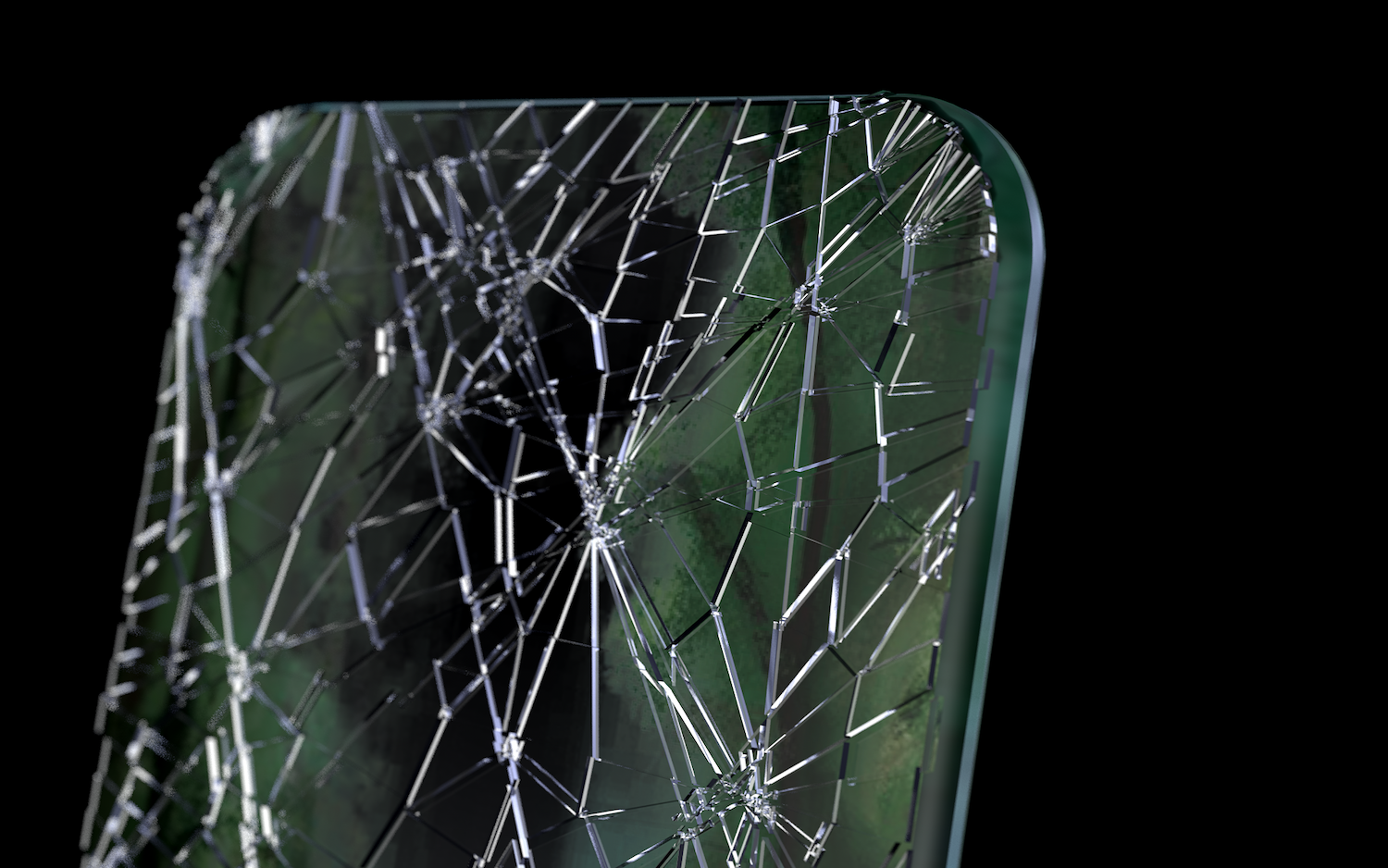20:20 Time Has Stood Still
Artists: Artyom Go, Dagnini, Vladimir Kartashov, Kirill Makarov, Albina Mokhryakova, Ann Rotaenko, Igor Samolet, Sofa Skidan, Nikita Seleznev, Anna Tagantseva-Kobzeva
Curator: Alexander Burenkov
October 2020 - February 2021
Moscow Museum of Modern Art
Education Center
Yermolaevsky Pereulok, 17
Moscow, Russia
On October 19, as part of the BURO. ИEW COOГ annual cross-cultural festival hosted by the BURO online outlet, the exhibition project 20:20. Time Has Stood Still exploring new rituals and habits that appeared or exacerbated in 2020 during the pandemic and general social instability will open at the Educational Center of Moscow Museum of Modern Art (Ermolaevsky Lane venue) supported by the Cosmoscow Foundation and MMOMA. The Foundation’s curator Alexander Burenkov invited 10 young Russian artists to enter into a dialogue. As a result, they created new projects specially commissioned for the exhibition and charity auction scheduled for December 2020. The exhibition got its name from one of Igor Samolet’s projects, which derisively explores the habit of taking iPhone screenshots when double numbers appear on the clock by means of textile sculptures, called ‘content-forms’. By creating a new ‘content-form’ at the end of 2020, which is dedicated not only to a specific ritual of making wishes for double numbers appearing on a smartphone’s clock, but also to the dynamics of the past year, which exacerbated all the contradictions of social relations, Samolet seems to be trying to stop time itself as it is inevitably moving towards another wave of pandemics and new social and economic shocks.
This year, an unexpected and unpredictable in its outcome and consequences woe in the form of COVID-19 has fallen upon humanity, and we are still living through in the process of its development. As a result of the pandemic, most people were forced to change their common lifestyle and submit to the new conditions of forced distancing and alienation from social life. The painful process of adapting to online communication and cocooning behavior has become the new norm, and after half a year, many of us retain our newly acquired skills of settling our lives and fears of illness, preferring to stay home and change our attitude to the daily routine and communication. In her article “To Quarantine from Quarantine: Rousseau, Robinson Crusoe, and I” French researcher, philosopher and professor at the University Paris Nanterre Catherine Malabou reasons upon the state of loneliness, in which we all found ourselves in the conditions of destroyed habitual social ties. According to Catherine Malabou, we are all living the experience of Robinson Crusoe. Rather paradoxically, she comes to the conclusion that one should not be saved from loneliness, but, on the contrary, should use it in order to better understand oneself and one’s desires. That way, an ordinary Skype conversation becomes an event, a dialogue, and not a ‘disguised monologue’; a completely different tone appears in ordinary emails. In Malabou’s own words: “One has to undress from all the coverings, clothes, curtains, masks, and meaningless chattering that still stick to one’s being when one is severed from others. Social distance is never powerful enough to strip one from what remains of the social in the distance. Sheltered-in-place has to be a radical Robinson Crusoe experience, an experience that allows one to construct a home out of nothing. To start anew. Or to remember”.
The time of lockdown was not only a ‘back to reality’ period of experiencing radical loneliness and being in the privacy of one’s own mind, but also the time of manifestation of magical powers and inexplicable irrational phenomena. Conspiracy theories, new mysticism, fascination with fortune-telling, astrology, new age ideas, and algo seances (new spiritual practices brought to life by contemporary techno culture) have become new means for escapism, escape from the unsightly and sickening social reality that seems irresistible. The stream of memes that swept everyone in the spring of 2020 is becoming a kind of sublimation of quarantine restrictions and overcompensation of the pain of self-isolation, as well as the psychological and economic damage caused by the coronavirus pandemic. The rules of new ethics as a reaction to the bursts of domestic violence during the pandemic and the new rules of information ecology and hygiene to combat infodemia, which are reflected in the exhibition’s art projects, become a new coordinate system of a new world looming on the horizon, the laboratory for the emergence of which are the home spaces of mankind sent to self-isolation.
While artists are busy looking for opportunities for detachment, changing positions in a situation of global transformation, somnologists and psychologists are already studying a massive exacerbation of vivid, compensatory, unusually intense, and literally tangible dreams a huge number of people around the world began to see during the 2020 pandemic (many posted descriptions of their dreams on the Internet under the #PandemicDreams hashtag). Any significant force would lead to vivid anxiety dreams, and the appearance of tangible dreams during a pandemic was similar to how people with PTSD experience see nightmares about their past, with the only difference that the appearance of an invisible enemy evokes the corresponding associations and stimulates the imagination to complete the image in dreams full of vivid communication with friends in public spaces, huge flocks of insects, tsunamis, storms, tornadoes, and earthquakes. The situation when people were forced to be at home also led to the fact that people remembered their dreams in detail. Perhaps one of the reasons is rather trivial: people sleep longer and often do not set the alarm. As a result, humanity finally got its first opportunity to put the world on hold, slow down and really get some sleep.






































